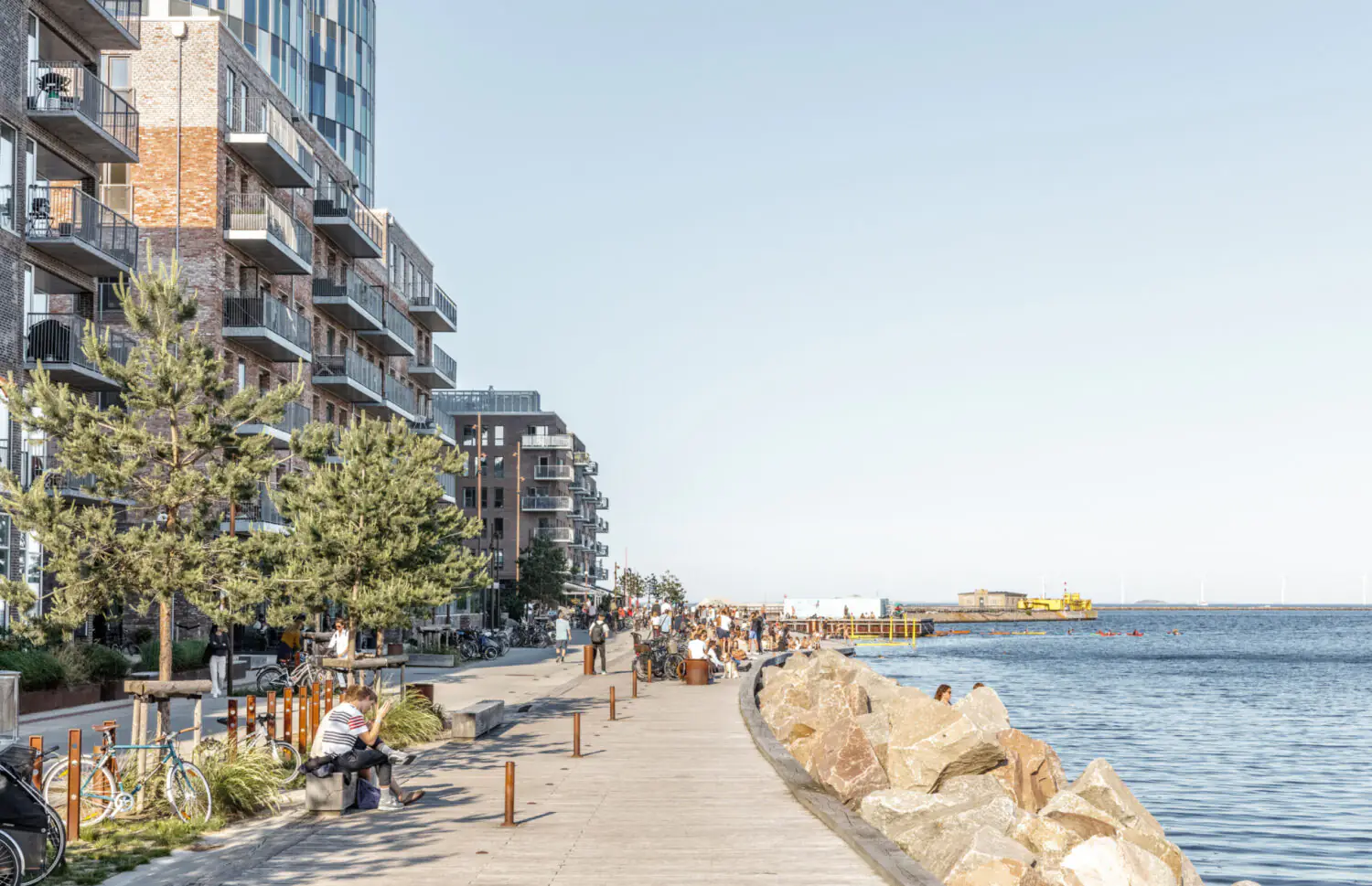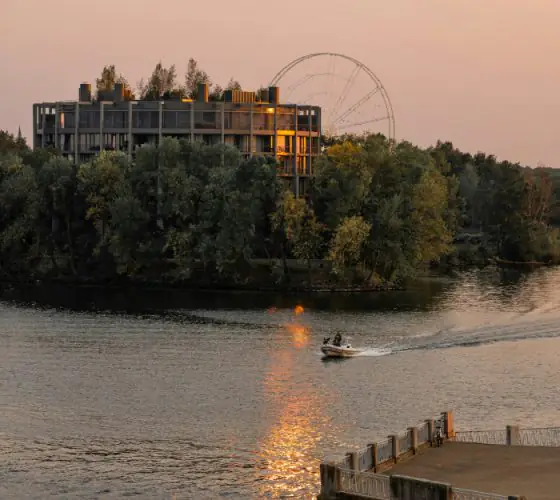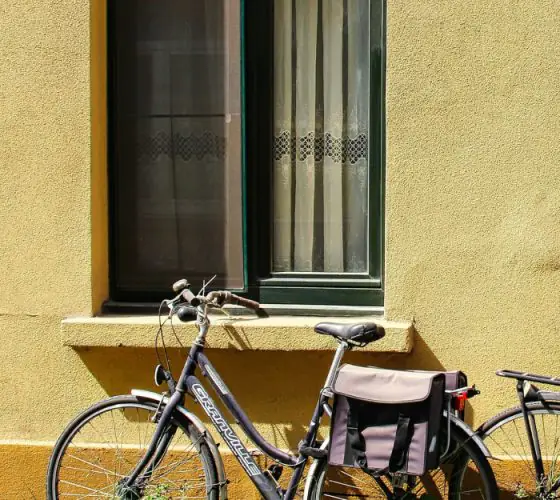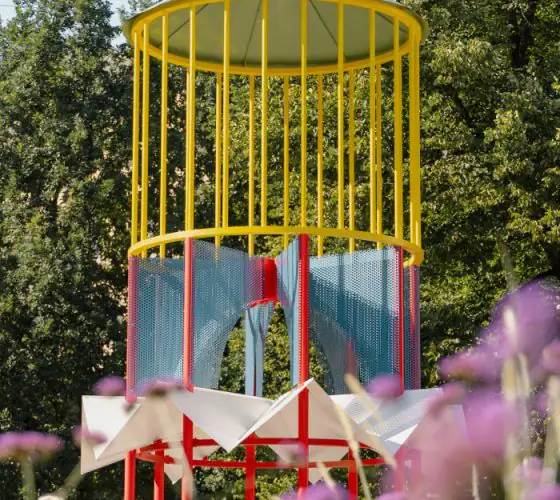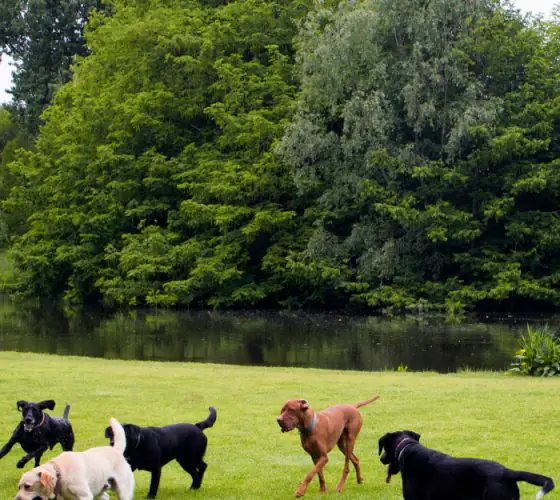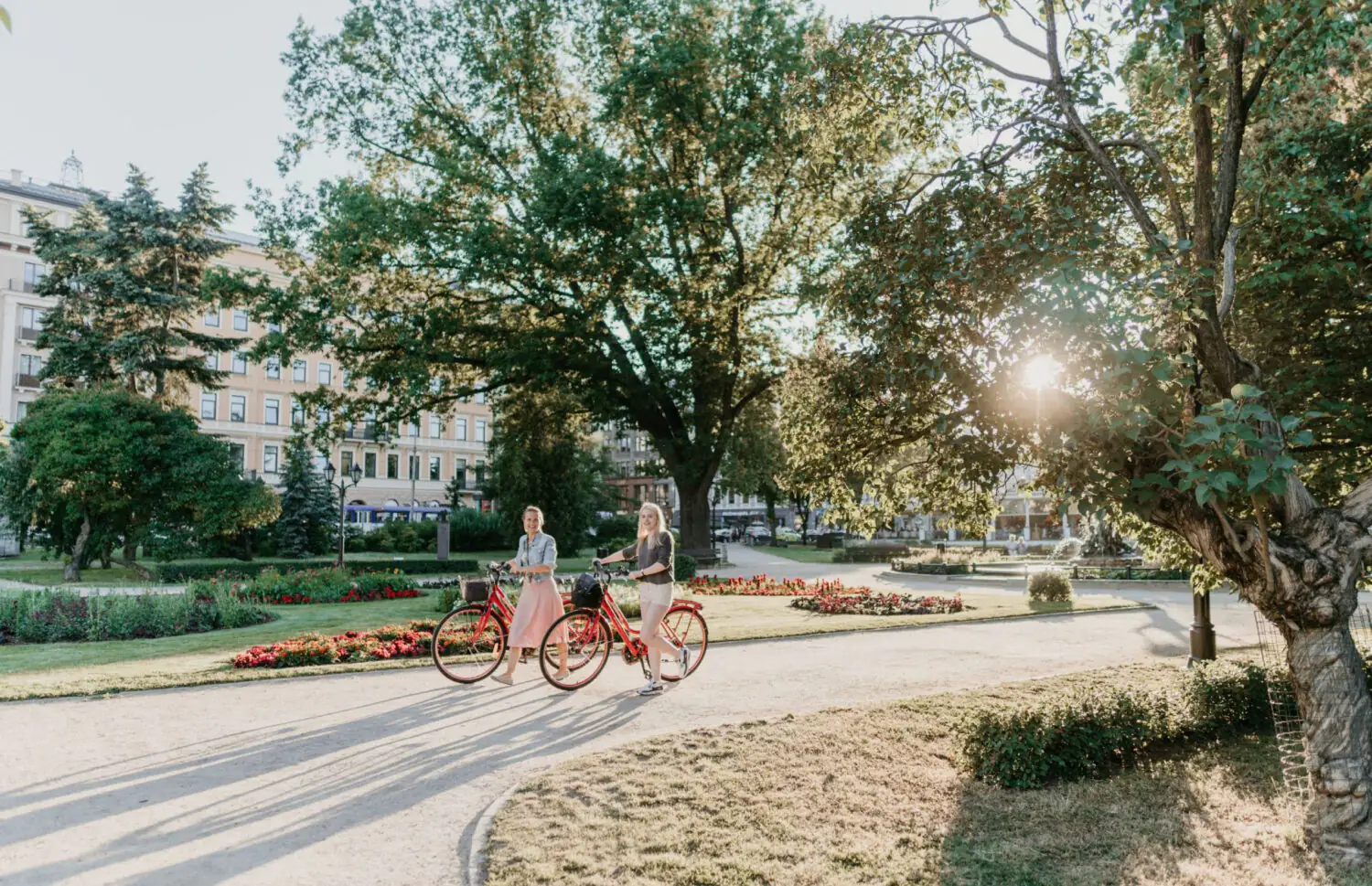
The last hundred years have been a time of both active urban growth and active experimentation—urban planners around the world have done a lot of trial and error trying to derive a formula for the ideal city.
The concept of the 15-minute city emerged from a response to the growing challenges associated with urbanization, such as traffic jams, pollution, uneven distribution of resources, long distances and commutes.
The basic idea is to organise compact and mixed zones that promote more efficient use of urban infrastructure and reduce dependence on cars, thus contributing to a more sustainable and comfortable life for city dwellers.
The term “15-minute city” has become widely known thanks to the work of French-Colombian scientist Carlos Moreno, a professor at Paris’ Panthéon-Sorbonne University, who first presented it at the UN Climate Change Conference COP21 in 2015 after years of research on optimising urban space.
According to Moreno, cities should be designed so that “within a 15-minute walk or bike ride, people can have what essentially constitutes the urban experience: the opportunity to work, to eat, to learn, to heal, to enjoy their free time with access to culture”.
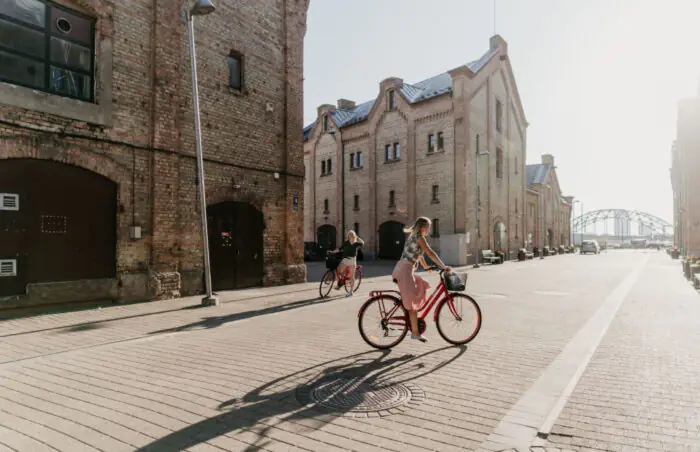
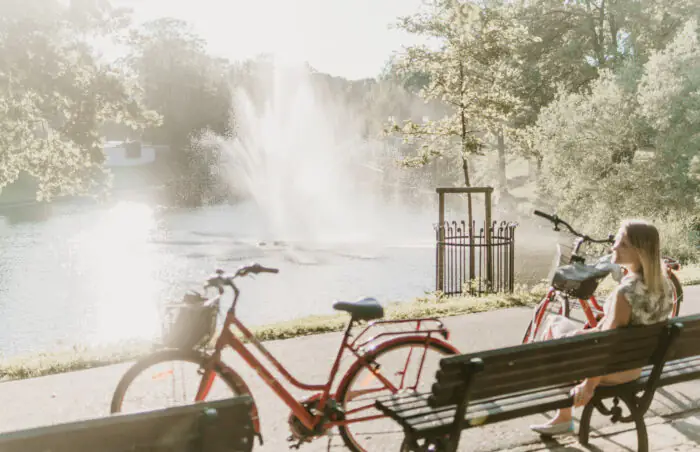
The 15-minute city concept assumes that walking and cycling will become more attractive than driving a car, so in practice local authorities introduce policies discouraging car use, such as fines for driving on some residential streets.
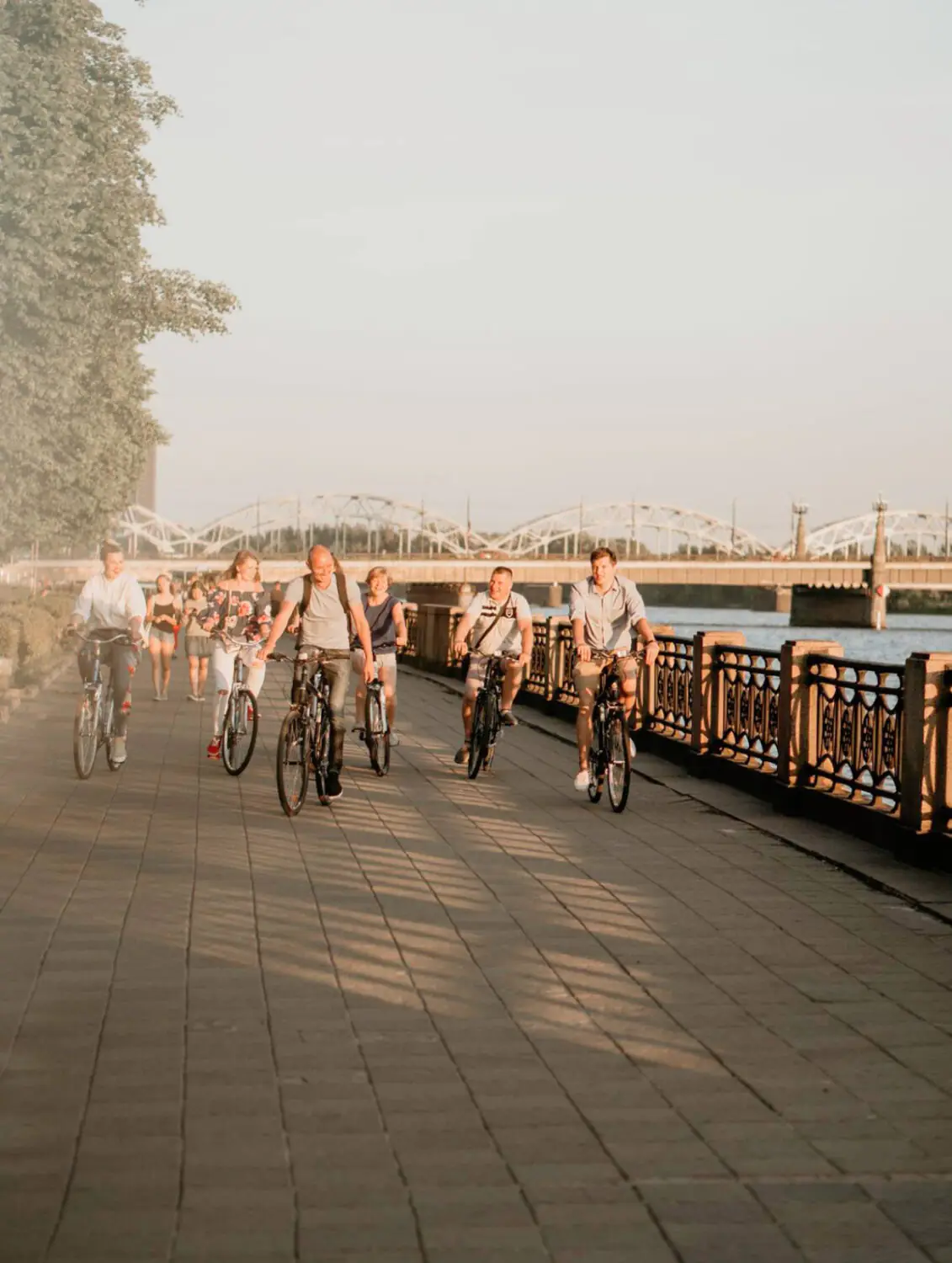
Paris is the most visible proponent of the principle, but versions of 15-minute cities are also being introduced in London, Melbourne, Shanghai, Houston, Edmonton and Chengdu among others.
The reading of the concept may vary from city to city in a smaller or larger way (e.g., 10 minutes in Utrecht or 20 in Portland), but the effects remain constant:
- Improved quality of life: Residents will have better access to basic services such as shops, restaurants, parks, schools, and medical facilities, increasing their comfort and satisfaction with living in the city.
- Reduced transport problems: less need for long journeys and increased use of walking and cycling will reduce congestion and pollution, ultimately improving the city’s transport accessibility.
- Promoting healthy lifestyles: development of pedestrian and bicycle environment in the city promotes an active lifestyle—citizens remain mobile, which is very important for physical and mental health.
- Developing local businesses and the economy: When services and shops are made easily accessible to residents, local businesses can be supported and increase their customer base.
- Improved social interaction: A 15-minute city creates the conditions for greater social activity and interaction between residents, fostering community building and strengthening ties between neighbours.
In the 15-minute city concept, the person is the center of the environment’s development, its main stakeholder, which is why it becomes more comfortable for pedestrians and cyclists: greener and more permeable, usable in different seasons and at different ages, full of services and events.
The Nordhavn district in Copenhagen, one of the largest and most ambitious urban development projects in Scandinavia by Cobe, is an example of how this concept can work in practice.
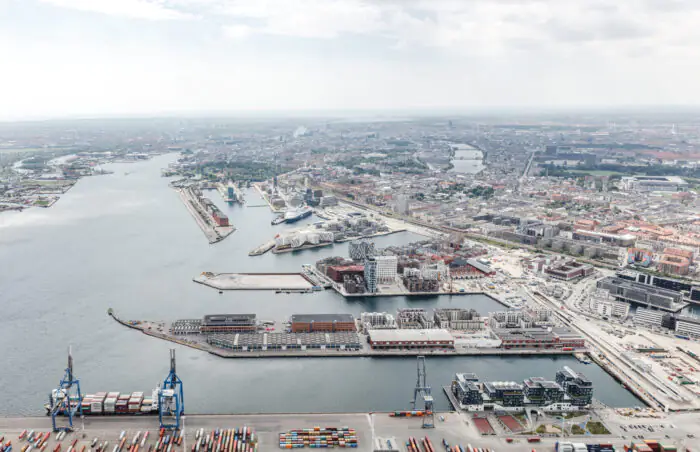
cobe.dk
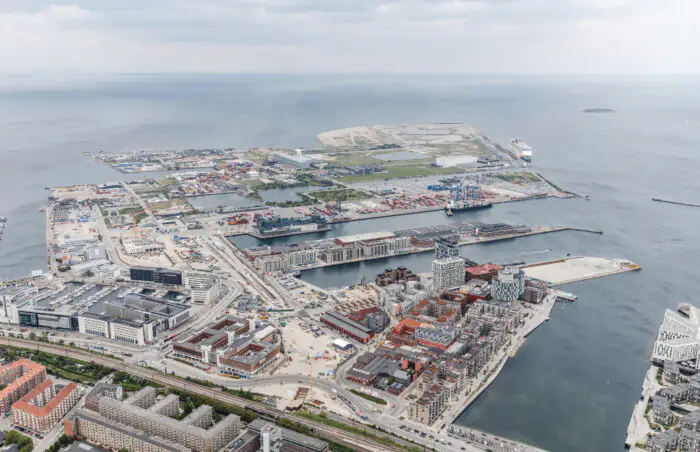
cobe.dk
Nordhavn was the first urban area in the world to be planned according to the 5-minute city principle, earning it the DGNB’s highest gold certificate for its sustainability.
The district is located in an area exposed to the elements, so its street grid is designed and organized to create attractive urban spaces with maximum exposure to the sun and minimum exposure to wind.
Since 2008, the former industrial areas have been transformed into a sustainable urban area with pedestrian and bicycle-friendly infrastructure. Nordhavn is a soft mobility area where it is easier to walk, cycle or use public transport than to drive. Of particular note is the Green Loop, a high-speed cycleway that connects different areas of the neighbourhood and links them to the rest of Copenhagen.
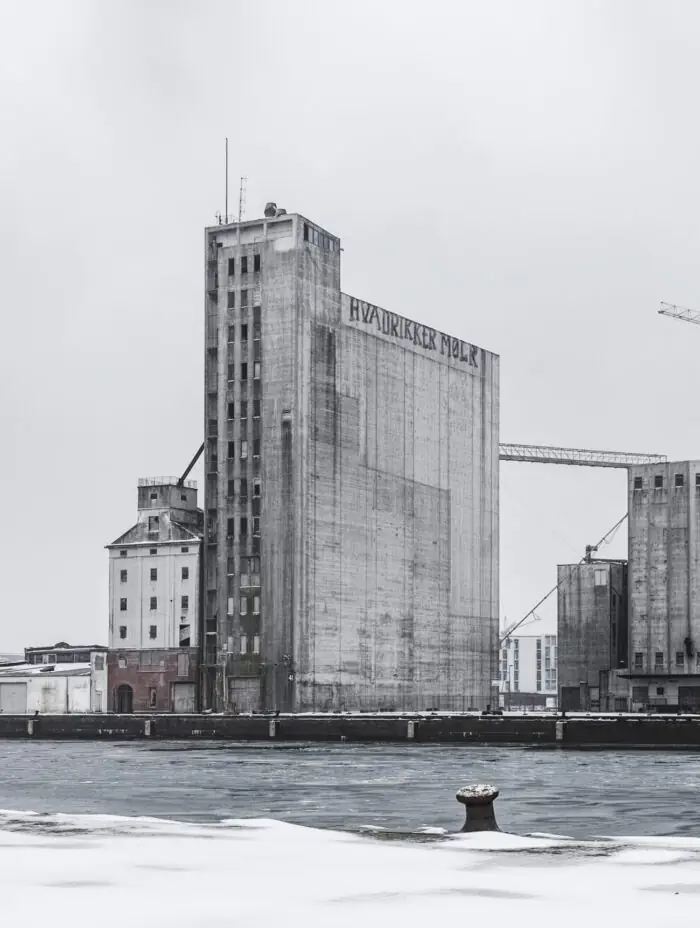
cobe.dk

cobe.dk
The neighbourhood is characterised by its eco-friendly profile: zero CO2 emissions. It combines the convenience of 15-minute neighbourhoods with advanced smart city technologies. Solar and geothermal energy will power the 5-minute city, equipped with the world’s most extensive thermal storage.
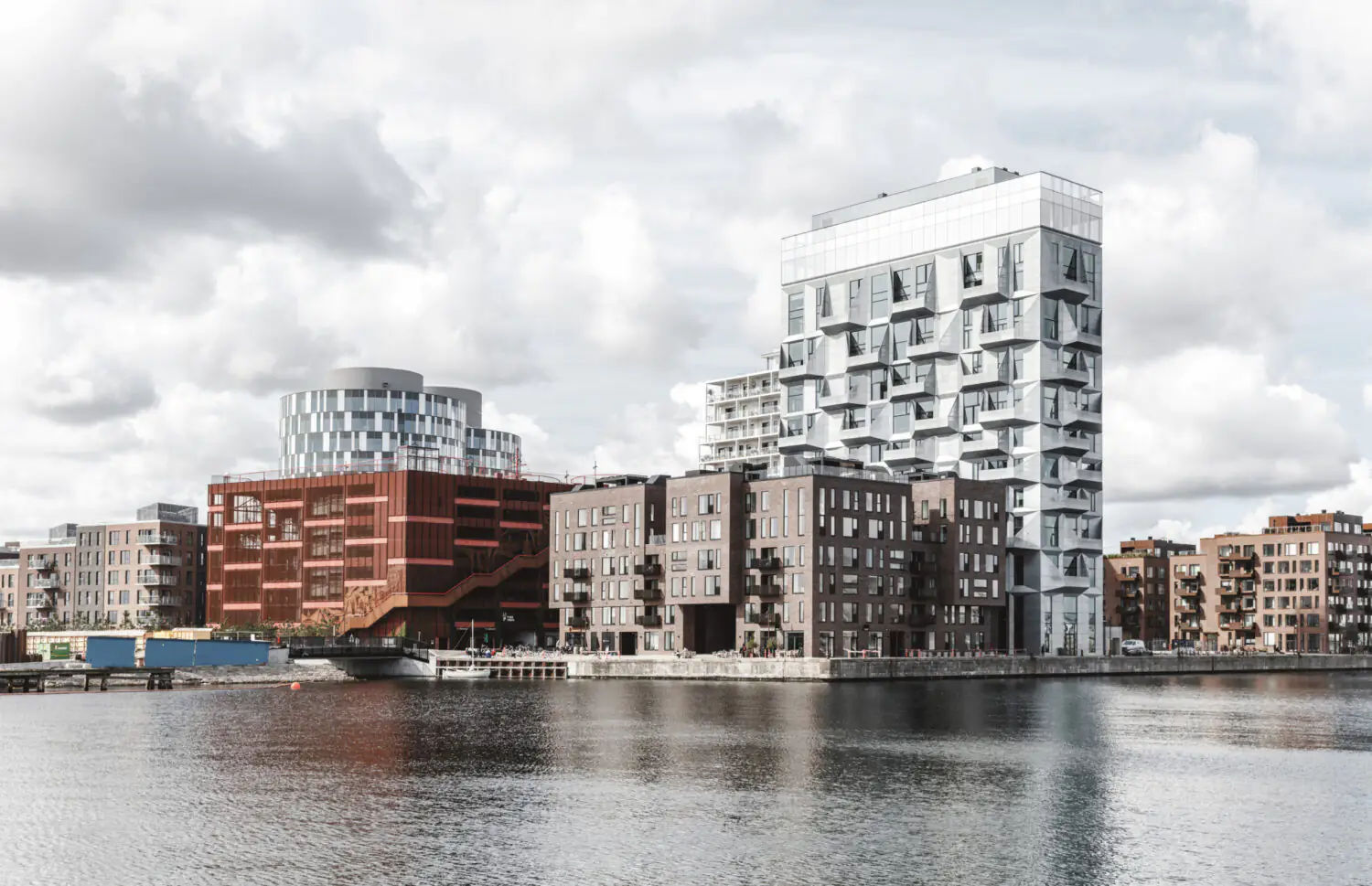
cobe.dk
When completed, Nordhavn will be a neighbourhood combining the best features of an open and dense city, with towers and low-rise family housing, shops, offices, cultural and sports facilities.



